Yaroslav Getman
Advancing Audio Emotion and Intent Recognition with Large Pre-Trained Models and Bayesian Inference
Oct 16, 2023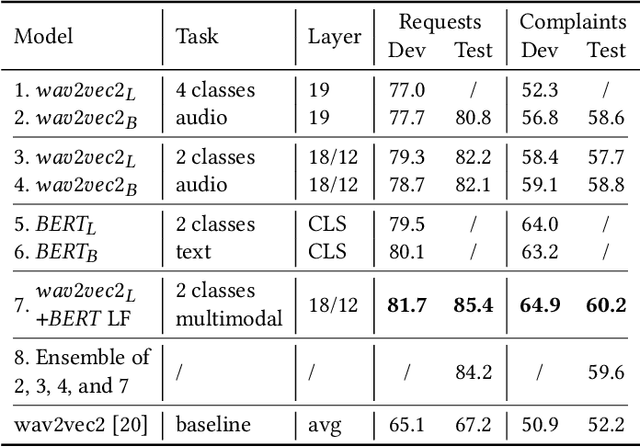

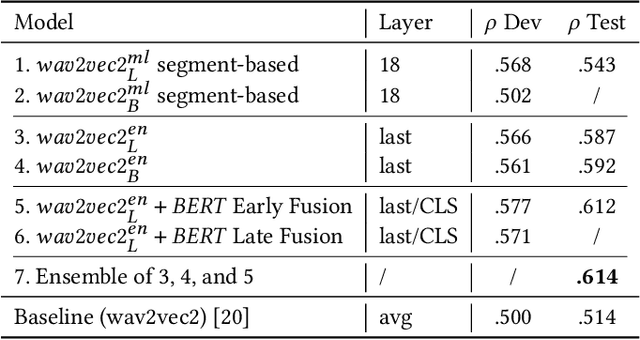
Abstract:Large pre-trained models are essential in paralinguistic systems, demonstrating effectiveness in tasks like emotion recognition and stuttering detection. In this paper, we employ large pre-trained models for the ACM Multimedia Computational Paralinguistics Challenge, addressing the Requests and Emotion Share tasks. We explore audio-only and hybrid solutions leveraging audio and text modalities. Our empirical results consistently show the superiority of the hybrid approaches over the audio-only models. Moreover, we introduce a Bayesian layer as an alternative to the standard linear output layer. The multimodal fusion approach achieves an 85.4% UAR on HC-Requests and 60.2% on HC-Complaints. The ensemble model for the Emotion Share task yields the best rho value of .614. The Bayesian wav2vec2 approach, explored in this study, allows us to easily build ensembles, at the cost of fine-tuning only one model. Moreover, we can have usable confidence values instead of the usual overconfident posterior probabilities.
Lahjoita puhetta -- a large-scale corpus of spoken Finnish with some benchmarks
Mar 24, 2022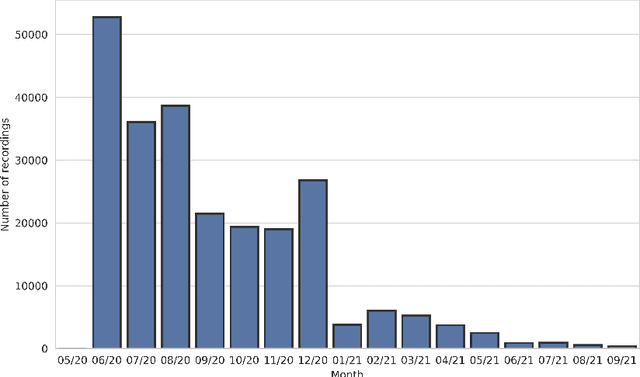
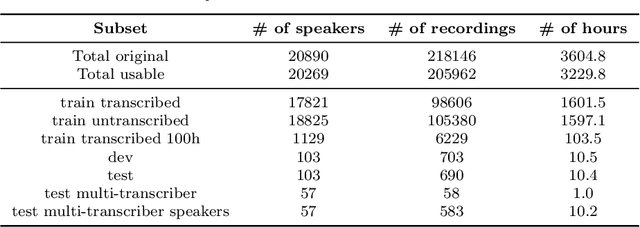
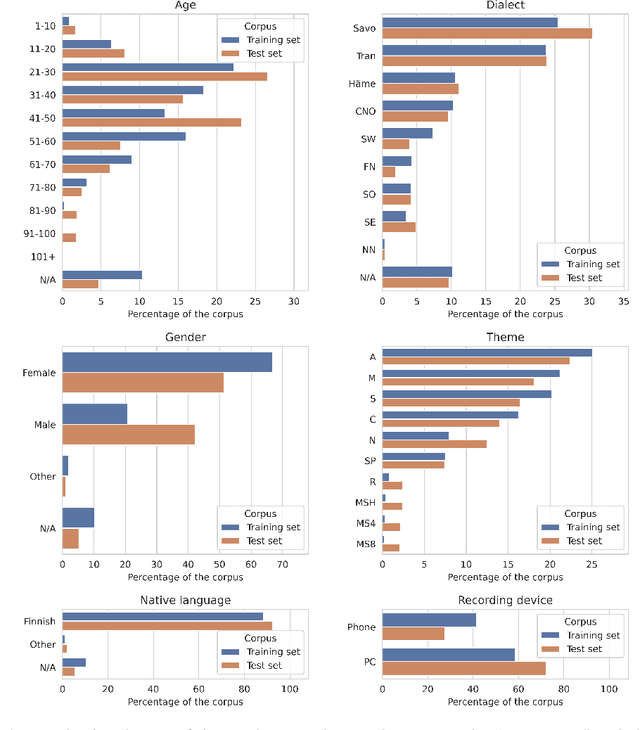

Abstract:The Donate Speech campaign has so far succeeded in gathering approximately 3600 hours of ordinary, colloquial Finnish speech into the Lahjoita puhetta (Donate Speech) corpus. The corpus includes over twenty thousand speakers from all the regions of Finland and from all age brackets. The primary goals of the collection were to create a representative, large-scale resource to study spontaneous spoken Finnish and to accelerate the development of language technology and speech-based services. In this paper, we present the collection process and the collected corpus, and showcase its versatility through multiple use cases. The evaluated use cases include: automatic speech recognition of spontaneous speech, detection of age, gender, dialect and topic and metadata analysis. We provide benchmarks for the use cases, as well down loadable, trained baseline systems with open-source code for reproducibility. One further use case is to verify the metadata and transcripts given in this corpus itself, and to suggest artificial metadata and transcripts for the part of the corpus where it is missing.
 Add to Chrome
Add to Chrome Add to Firefox
Add to Firefox Add to Edge
Add to Edge